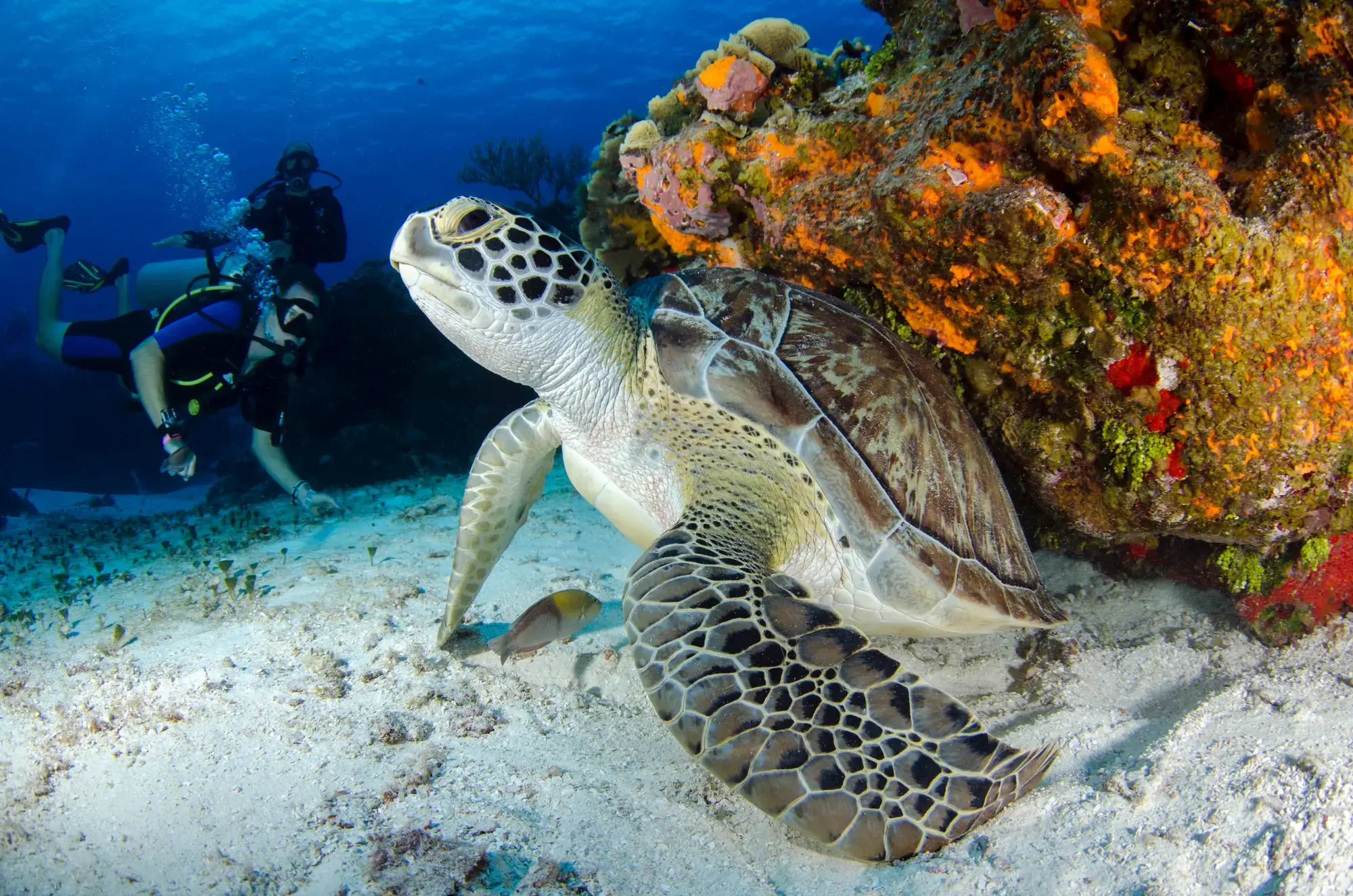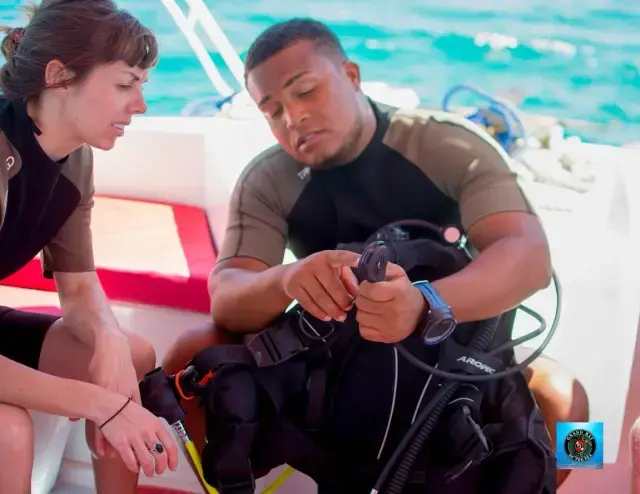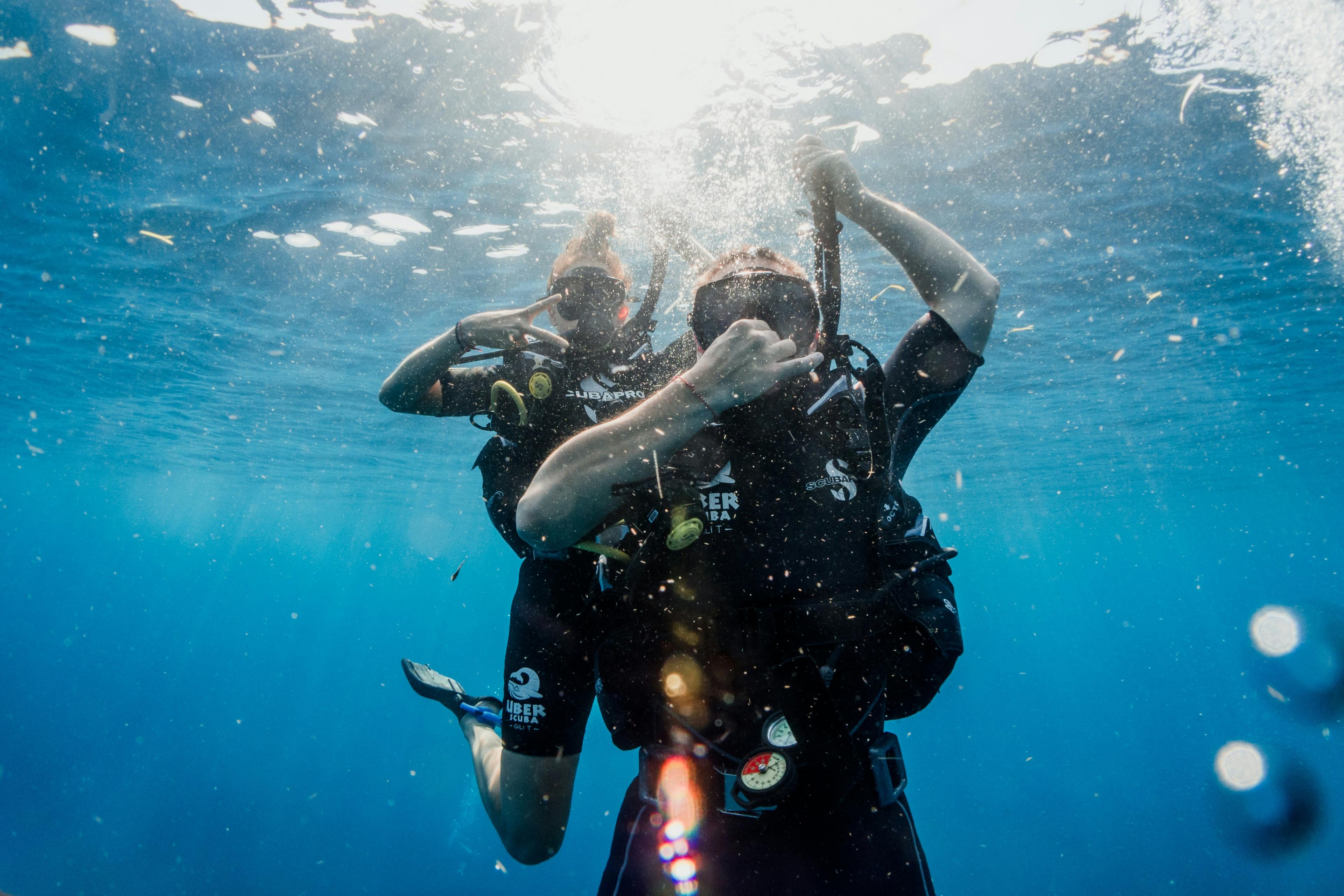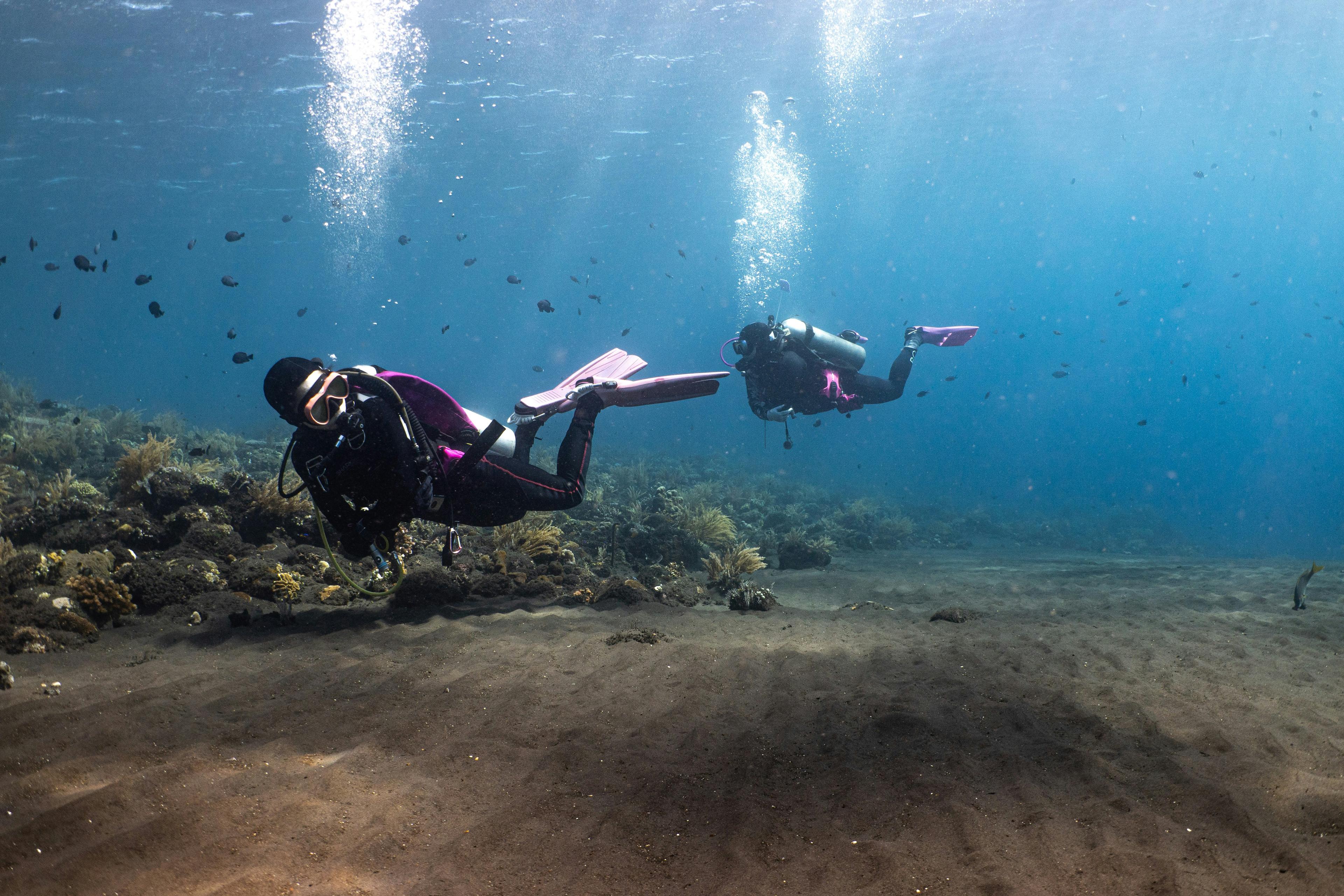
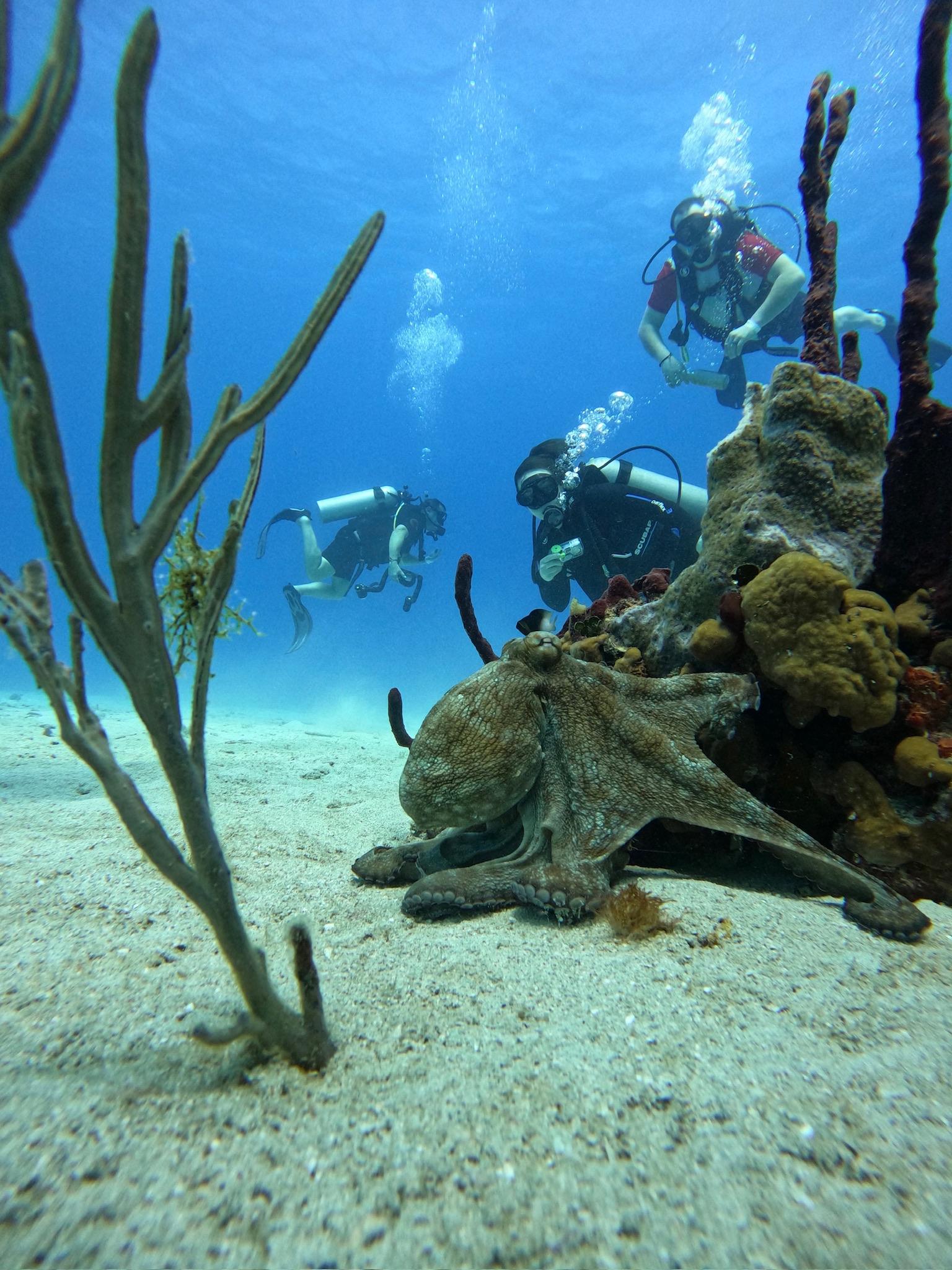
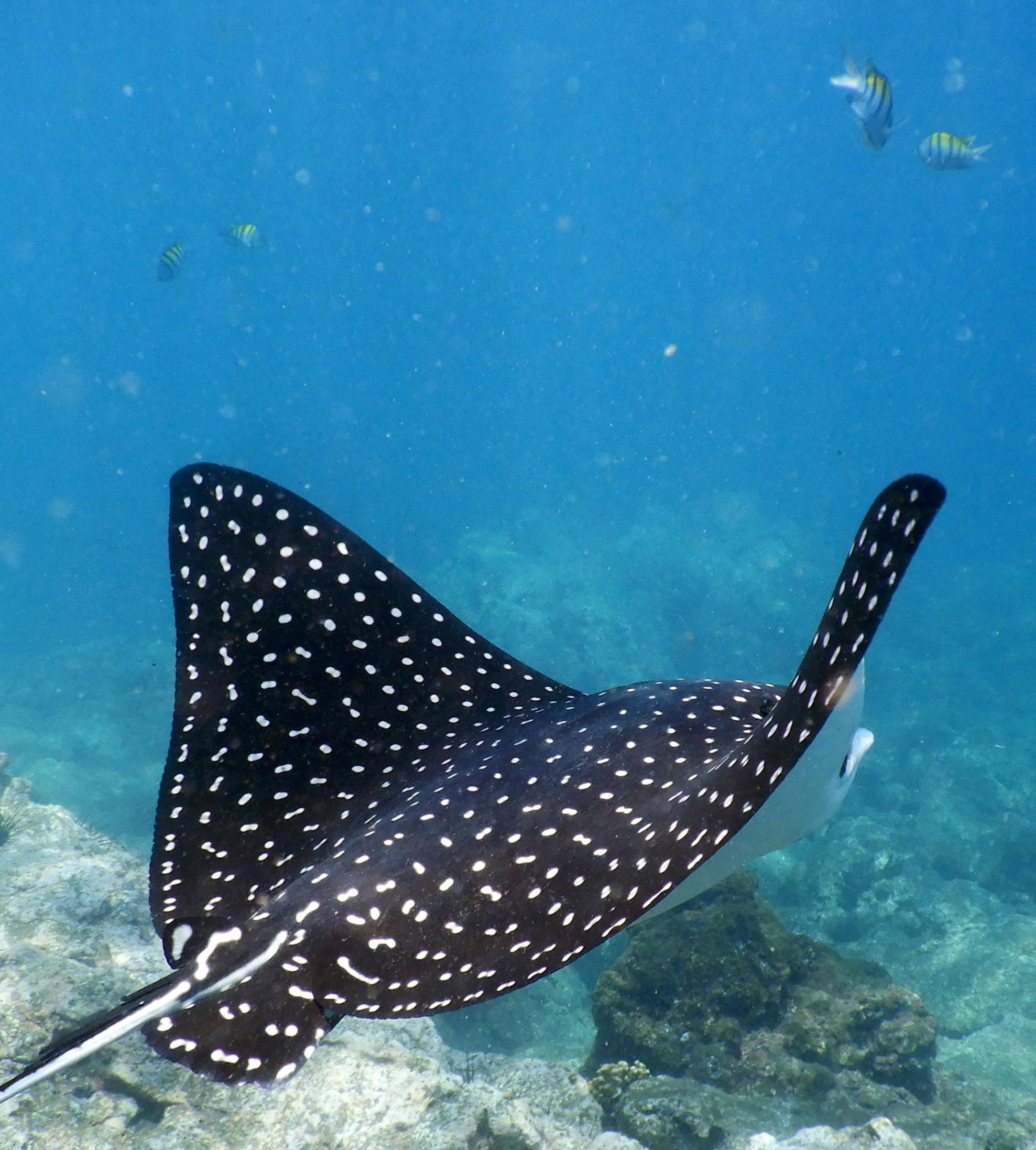
How Currents Affect Your Dive — And How to Handle Them
Punta Cana offers some of the most beautiful reef dives in the Caribbean, and many sites experience mild to moderate currents. While currents might seem intimidating to beginner divers, learning how to work with them—not against them—can make your dives smoother, safer, and more enjoyable.
🌊 What Are Ocean Currents?
Ocean currents are continuous, directed movements of water. They can be caused by tides, wind, temperature changes, or underwater topography. You might encounter:
Surge currents near reefs or shallow areas
Drift currents in open water or deeper channels
Tidal currents near inlets or coastal areas
⚠️ How Currents Affect Divers
Currents can:
Affect your entry and exit points
Increase air consumption if you're swimming against them
Make navigation and buoyancy control more challenging
Help you drift effortlessly when moving with them
✅ Tips for Diving in Currents
Plan With Your Guide At Grand Bay of the Sea, our instructors are trained to assess current conditions and choose the best dive sites accordingly.
Use the Right Entry Technique Backroll or giant stride entries should be quick and coordinated so you descend before the current pulls you far.
Descend Quickly and Together Stay close to your group and descend quickly to depth where the current is usually weaker.
Stay Streamlined Keep your arms close, gear tucked in, and body horizontal to reduce drag.
Use the Reef Wisely — But Respectfully Avoid grabbing coral. If needed, use a reef hook in sandy areas or fin gently into position while hovering.
Drift With It In a drift dive, let the current carry you while you steer with fins and enjoy the ride.
💬 Final Thought
Diving in currents doesn’t need to be stressful. With the right mindset and a few key techniques, you’ll build confidence and see even more marine life. In Punta Cana, some of the best dives involve a little movement — so ride the current, and let the ocean do the work.
